True Price
Any-Width Networks
Dec 06, 2020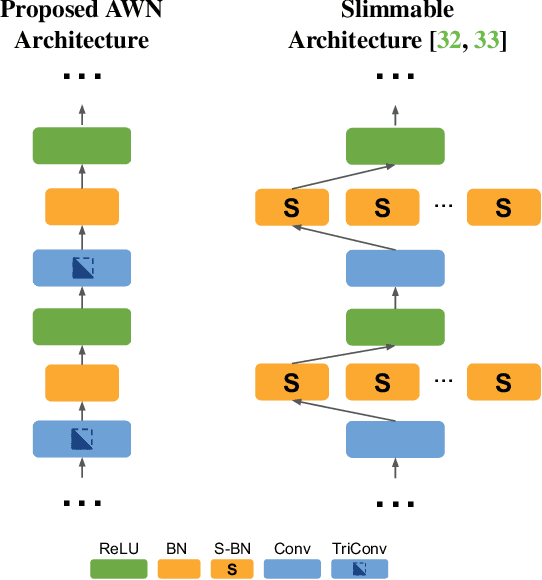

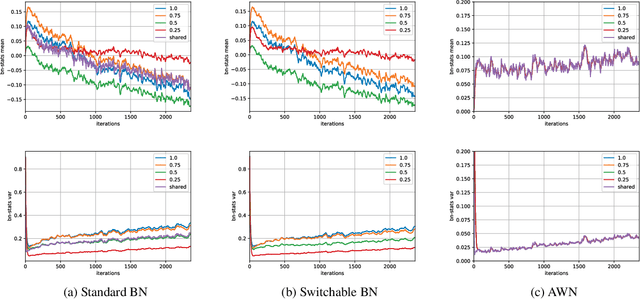

Abstract:Despite remarkable improvements in speed and accuracy, convolutional neural networks (CNNs) still typically operate as monolithic entities at inference time. This poses a challenge for resource-constrained practical applications, where both computational budgets and performance needs can vary with the situation. To address these constraints, we propose the Any-Width Network (AWN), an adjustable-width CNN architecture and associated training routine that allow for fine-grained control over speed and accuracy during inference. Our key innovation is the use of lower-triangular weight matrices which explicitly address width-varying batch statistics while being naturally suited for multi-width operations. We also show that this design facilitates an efficient training routine based on random width sampling. We empirically demonstrate that our proposed AWNs compare favorably to existing methods while providing maximally granular control during inference.
Revisiting the Threat Space for Vision-based Keystroke Inference Attacks
Sep 12, 2020
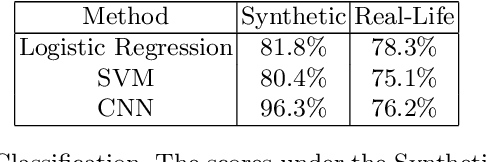
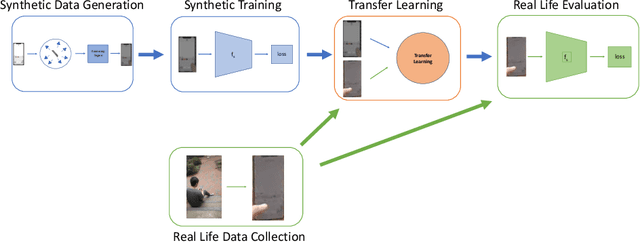

Abstract:A vision-based keystroke inference attack is a side-channel attack in which an attacker uses an optical device to record users on their mobile devices and infer their keystrokes. The threat space for these attacks has been studied in the past, but we argue that the defining characteristics for this threat space, namely the strength of the attacker, are outdated. Previous works do not study adversaries with vision systems that have been trained with deep neural networks because these models require large amounts of training data and curating such a dataset is expensive. To address this, we create a large-scale synthetic dataset to simulate the attack scenario for a keystroke inference attack. We show that first pre-training on synthetic data, followed by adopting transfer learning techniques on real-life data, increases the performance of our deep learning models. This indicates that these models are able to learn rich, meaningful representations from our synthetic data and that training on the synthetic data can help overcome the issue of having small, real-life datasets for vision-based key stroke inference attacks. For this work, we focus on single keypress classification where the input is a frame of a keypress and the output is a predicted key. We are able to get an accuracy of 95.6% after pre-training a CNN on our synthetic data and training on a small set of real-life data in an adversarial domain adaptation framework. Source Code for Simulator: https://github.com/jlim13/keystroke-inference-attack-synthetic-dataset-generator-
Mapped Convolutions
Jun 26, 2019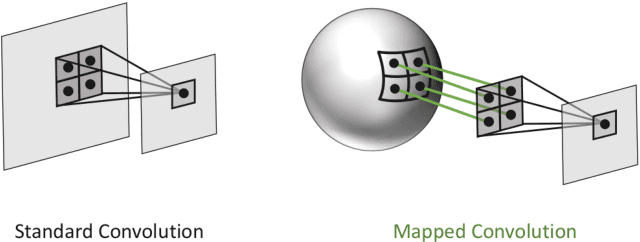



Abstract:We present a versatile formulation of the convolution operation that we term a "mapped convolution." The standard convolution operation implicitly samples the pixel grid and computes a weighted sum. Our mapped convolution decouples these two components, freeing the operation from the confines of the image grid and allowing the kernel to process any type of structured data. As a test case, we demonstrate its use by applying it to dense inference on spherical data. We perform an in-depth study of existing spherical image convolution methods and propose an improved sampling method for equirectangular images. Then, we discuss the impact of data discretization when deriving a sampling function, highlighting drawbacks of the cube map representation for spherical data. Finally, we illustrate how mapped convolutions enable us to convolve directly on a mesh by projecting the spherical image onto a geodesic grid and training on the textured mesh. This method exceeds the state of the art for spherical depth estimation by nearly 17%. Our findings suggest that mapped convolutions can be instrumental in expanding the application scope of convolutional neural networks.
 Add to Chrome
Add to Chrome Add to Firefox
Add to Firefox Add to Edge
Add to Edge